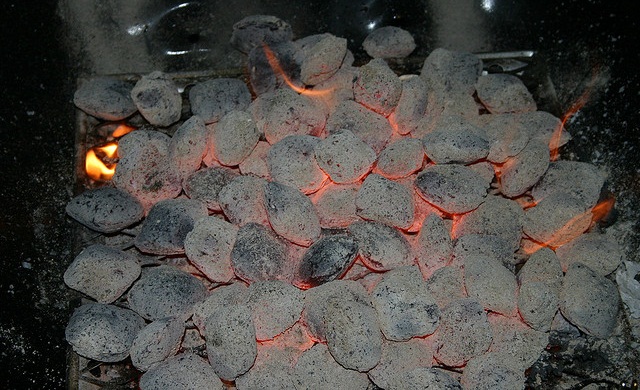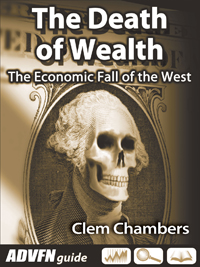Britain’s largest coal producer, UK Coal plc (LSE:UKC), has completed the restructuring of the company, beset with insurmountable deficit in pension contribution and debt nearly seven times its market capitalisation, in an “unprecendented scale” that saved more than 2,500 jobs.

The company will be renamed Coalfields Resources plc, to reflect “the new emphasis of its business”, which will now be divided into two divisions: mining and property.
“This has been a restructuring of unprecedented scale and complexity for this size of company,” stated Chairman, Jonson Cox, who will continue to be the Chairman of the newly formatted mining firm.
Restructuring the country’s supplier of 5% of electricity needs was first announced on 14th March 2012, following a fall on coal prices and a reduction of production, particularly from the company’s Daw Mill mines in the West Midlands, that resulted in a disappointing first half performance for the current year.
UK Coal revenue between January to June dropped 23% to £198.3 million compared to the same period a year ago, resulting in after tax loss of £20.6 million compared to a £22.2 million profit.
The successor to the then British Coal faced a net debt of £134 million as of 29th September 2012 and a deficit of £450 million in its pension fund, prompting the management to move to restructure the company if it is to survive.
Saving Jobs
A mining division, UK Coal Mine Holdings Limited (Mine Holdings), was created and freed of debt to be controlled by an Employee Benefit Trust (EBT) for a 67% voting right and 10% economic rights for the benefit of current and future employees of the mining division.
The remaining 33% voting rights are retained by Coalfields (we will have to start calling it that), which retains 90% of the economic rights, though both parties are subordinated to the debt in pension funds.
A property division was also created under Harworth Estates Property Group Limited (Harworth Estates), which is 75.1% controlled by the Pension Fund in exchange for a £30 million capital and support for the mining division and the remaining 24.9% retained by Coalfields.
Harworth Estates will take all the debts of the former UK Coal, whilst the Mine Holdings will handle the pension deficit.
“The restructuring has helped to safeguard 2,500 highly skilled and well-paid jobs, a skilled supply chain, and created a funding plan for the £450m pension deficit that UK Coal has been burdened with,” Mr. Cox continued.
“I’m delighted that we’ve succeeded in completing it. Without it, it was almost certain that the coal mines would have been unable to trade beyond the first quarter of 2013,” Mr. Cox added.
Management Change
The restructuring also saw a change in management structure and leadership with only Mr. Cox retaining the post as Chairman of the Board of the newly face-lifted company.
David Brocksom, the company’s Finance Director will be replaced by Jeremy Hague, Harworth’s current Finance Director who will also become Coalfields’ Company Secretary.
Mr. Brocksom, Gareth Williams, who will be Managing Director of Mine Holdings until 28th February 2013, and Geoff Mason, who took the job as Company Secretary during the restructuring, are the only ones leaving the company as all other directors either retained their seats on the Board of transferred to executive roles in the Mine Holdings.
“The Board joins me in wishing David, Gareth and Geoff well for the future,” Mr. Cox said.
Market Reaction
UK Coal’s market capitalisation shrunked to as low as 12.7% of its market value compared to the same before the company announced the restructuring back on 14th March 2012.
The company moved its listing from the premium list on the London Stock Exchange to a standard listing, as part of the restructuring.
Shares of UK Coal, now known as Coalfields Resources, jumped as much as 28% before settling at 9 pence, or 24.1% higher than yesterday’s closing price of 7.25 pence, at 3:00 PM GMT, giving the company a market value of a little less than £28 million, about a fifth of its total net debt.














